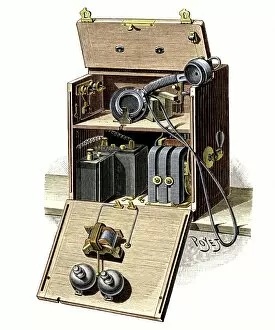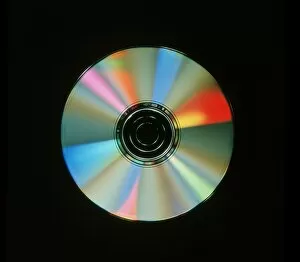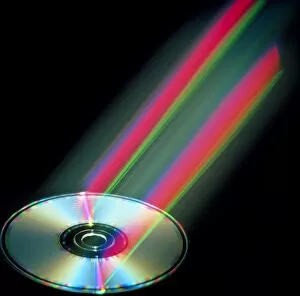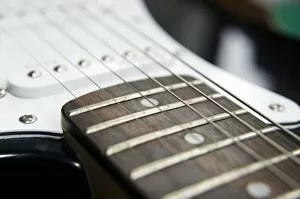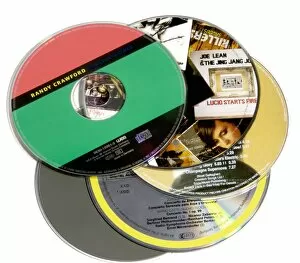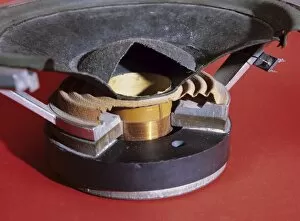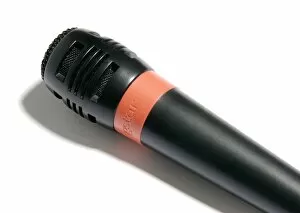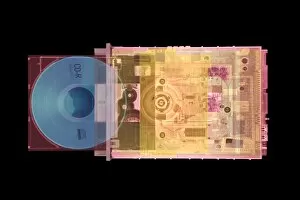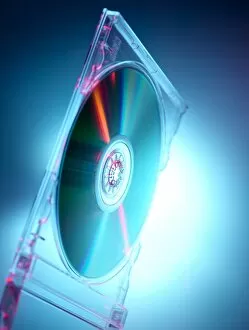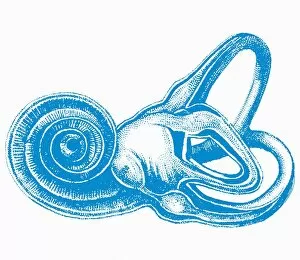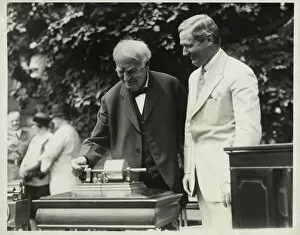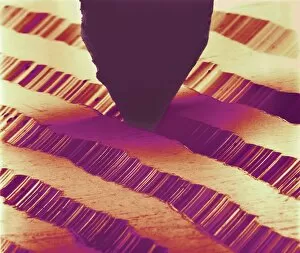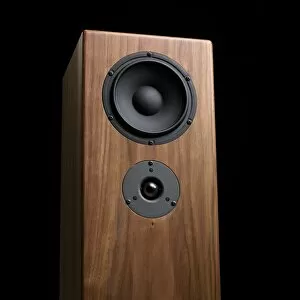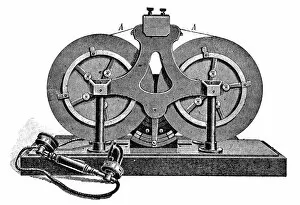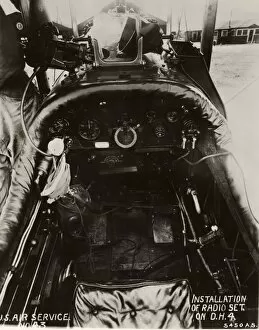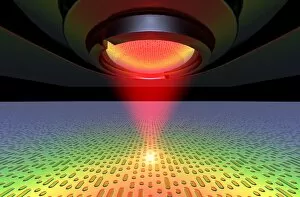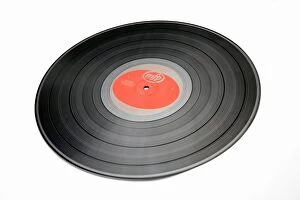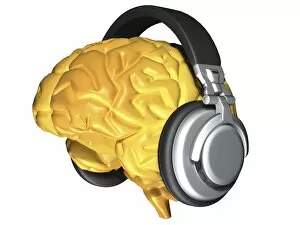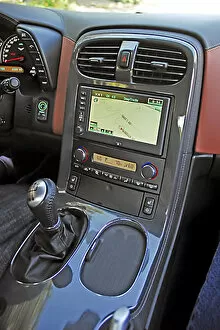Audio Collection (#6)
"Unleashing the Power of Sound: Exploring the World of Audio" "His Broadcast Master's Voice by George Studdy: A timeless illustration capturing the essence magic
For sale as Licensed Images
Choose your image, Select your licence and Download the media
"Unleashing the Power of Sound: Exploring the World of Audio" "His Broadcast Master's Voice by George Studdy: A timeless illustration capturing the essence magic. " "From Skeletons to X-rays: Unveiling the hidden symphony within our bones through audio technology. " "Electric Guitar and Amplifier: When strings meet electricity, a revolution in sound is born. " "Stylus in LP Record: The delicate dance between needle and groove, bringing music to life with every spin. " "London 1908 Olympic Games: Reliving history through one of the earliest captured Olympic dramas on film, thanks to audio preservation. " "Needle Playing a Record, SEM: Peering into microscopic wonders that make vinyl records sing their melodious tunes. " "Frances Densmore, US Anthropologist: Unlocking cultural treasures through her pioneering work in recording indigenous voices around the world. " "Illustration Stereo System: Immerse yourself in an auditory wonderland with cutting-edge stereo technology at your fingertips. " "Cello Strings Resonating Emotions: The soulful vibrations that stir hearts and evoke emotions like no other instrument can. " "Voice Recognition Revolutionizes Communication: Witnessing how technology understands us better than ever before through voice recognition systems. " “RADIO MAN – Connecting communities across airwaves; where words become melodies and stories come alive. ” “The Hallgrimskirkja Organ – An architectural marvel harmonizing faith and music for generations. ” 13. “Capturing History Through Sound - Unearthing forgotten tales from ancient civilizations using audio archives. ” 14. “Reviving Memories - Letting nostalgia flow as old songs transport us back to cherished moments. ” 15. “Audio Innovations Transform Lives - Empowering individuals with hearing impairments to experience music’s beauty. ” it has shaped our world in countless ways, from preserving historical moments to revolutionizing communication and music.


